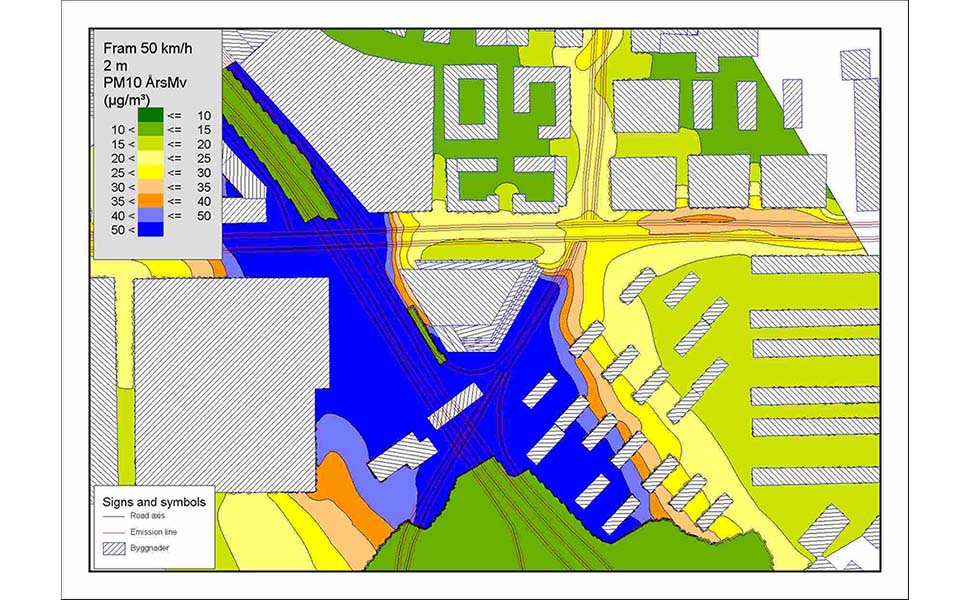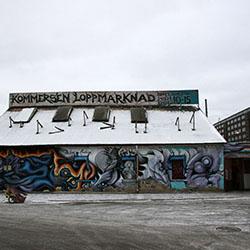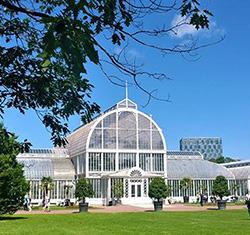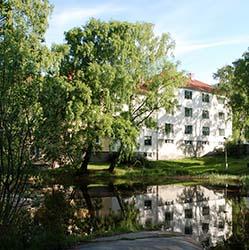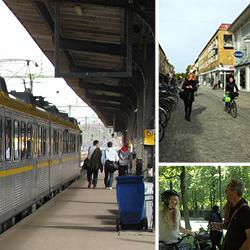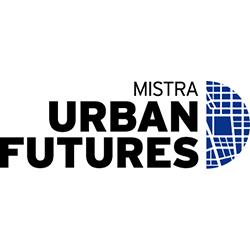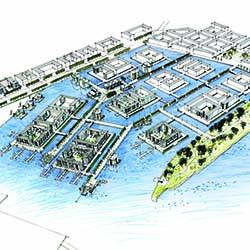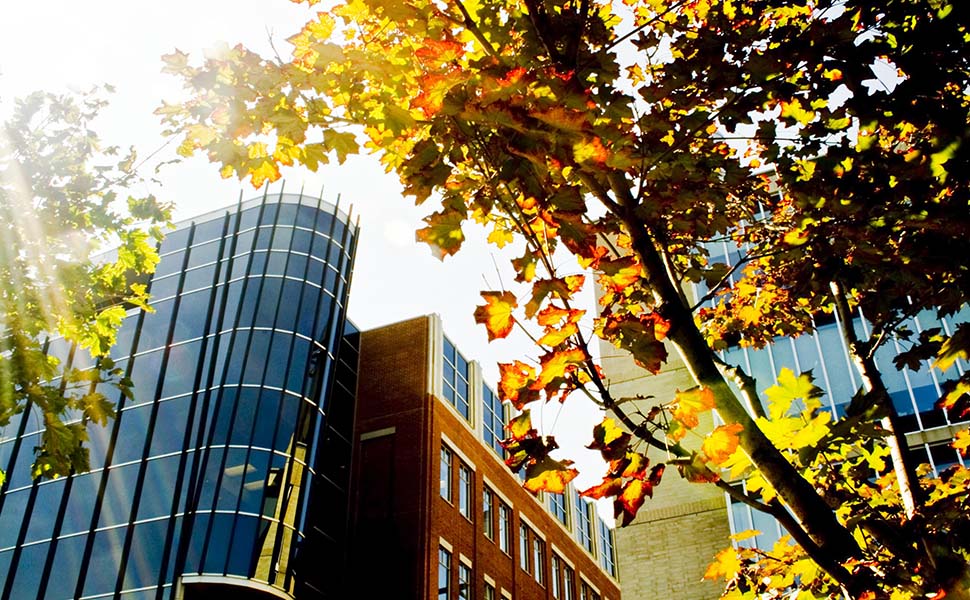
The impact on air quality due to urban densification
Today there is a great interest throughout the Western world to make cities denser. It is a cost effective solution where existing infrastructure can be used, transportation can be reduced and green spaces can be saved from development. However, dense building structures may affect air quality in different ways.
Simulation of how the air is affected
A dense urban environment does not necessarily affect the air quality negatively. Depending on how neighborhoods are built the air can even be improved. For example, single-story buildings have positive effects on the level of contamination on ground level. But to what degree, is one of the things this project will investigate. This will be studied through a variety of three-dimensional simulations to show how the wind speed and the dispersion of air pollutants change at a number of different densification scenarios.
Pilot area - Kungsholmen in Stockholm, Sweden
Kungsholmen in Stockholm is the pilot area for the study, a very expansive area with both current and planned densification. The simulations that are carried out include: for buildings with the same height (3-6 floors), individual towers, and the influence of green areas nearby from for example the "funnel structure" of the buildings, a function to get park air can into dense neighborhoods. In these scenarios, the concentration of air pollutants from ground floor to ceiling height is measured. By adding local emissions from transport in the local area to the data from the simulations calculation of the dispersion are performed using a 3D model called a CFD model.
Goal - provide recommendations
The projects goal is to show how and to what extent different types of building structures affect air pollution levels and also provide recommendations on how the building structure and densification of cities can be developed. By improving the knowledge of how wind speed and air quality is affected at different densification scenarios it will be easier to anticipate the negative effects and take them into account at the planning stage. This will limit the problems of high levels of air pollution, and in the best case scenario, the city's structure can be utilized so that a positive impact can be achieved.
